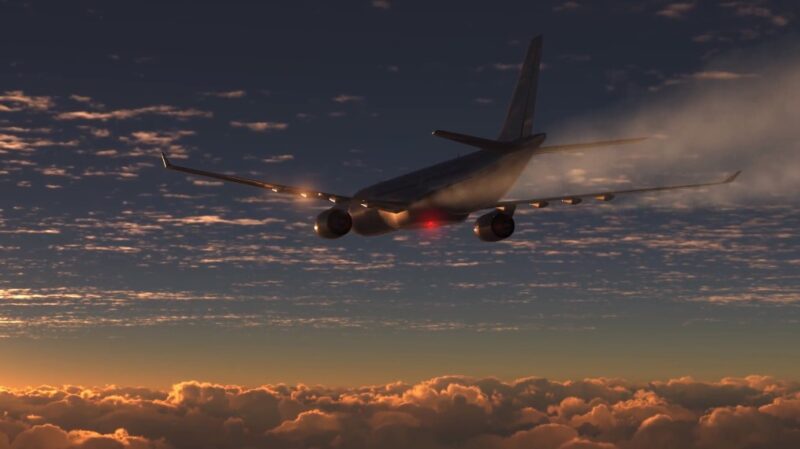When you fly, have you ever wondered how fast the plane is going? In this article, we’re going to explore the fascinating topic of how fast passenger planes fly. We’ll look at the typical speeds of these planes, what affects their speed, and some of the fastest planes out there.
This article is all about exploring air travel speed and understanding how it works.
The Basics of Airspeed
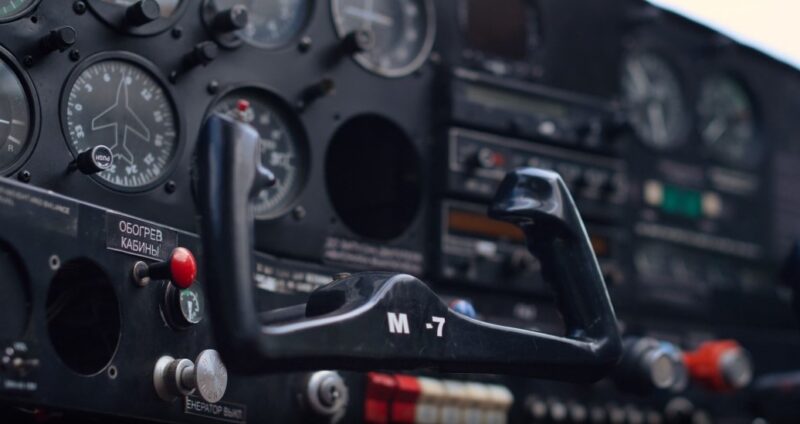
Indicated Airspeed (IAS): This is the speed read directly from the aircraft’s instruments. However, it’s important to note that IAS can be misleading, as it does not account for changes in air density at different altitudes or temperatures, which can significantly affect the actual speed of the aircraft.
True Airspeed (TAS): TAS gives a more accurate picture of an aircraft’s speed, as it is corrected for altitude and non-standard air temperature variations. This measurement is crucial for navigation and fuel planning, as it reflects the plane’s actual speed through the air.
Groundspeed: This is the speed at which an aircraft is moving over the ground. It can be quite different from the IAS or TAS, especially when wind conditions are factored in. Groundspeed is key for estimating travel times and is closely monitored by both pilots and air traffic control.
How Speed is Measured
The primary instrument for measuring speed in an aircraft is the airspeed indicator (ASI). This device calculates speed by measuring the difference between the dynamic pressure (air flowing into the pitot tube) and the static pressure (ambient air pressure).
The ASI is essential for safe flight operations, as it helps pilots maintain appropriate speeds for takeoff, landing, and cruising. Despite its importance, it’s crucial for pilots to understand its limitations, particularly in varying weather conditions and altitudes.
Advances in technology have led to more sophisticated airspeed measurement systems. These include GPS-based systems that provide more accurate readings of the ground speed, enhancing overall flight safety and efficiency.
Speeds of Commercial Passenger Planes
Commercial passenger planes typically cruise at speeds between 480 to 560 mph (770 to 900 km/h). This range is a result of balancing several factors, including fuel efficiency, engine capability, and air resistance.
These speeds ensure that passengers reach their destinations in a timely manner while maintaining a level of fuel efficiency that is economically viable for airlines.
It’s interesting to note that while planes are capable of flying faster, the chosen cruising speed often represents the most efficient use of fuel, which is a significant consideration for airlines in terms of cost and environmental impact.
Factors Influencing Speed
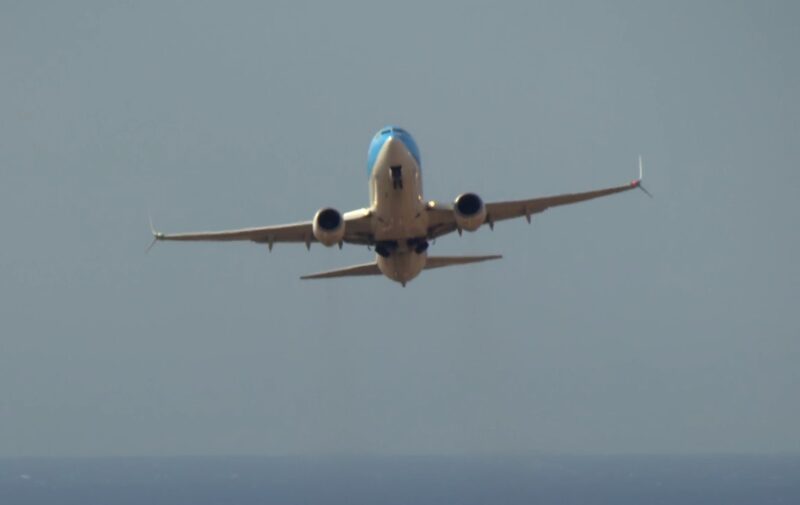
- Aircraft Design: The design of an aircraft plays a critical role in its speed capabilities. Aerodynamics, the power of the engines, and the overall weight of the aircraft are all carefully balanced to achieve optimal performance.
- Fuel Efficiency: Airlines often operate their aircraft at speeds that maximize fuel efficiency. This is a delicate balance, as higher speeds can lead to increased fuel burn, while slower speeds extend flight times.
- Air Traffic Control (ATC) Regulations: ATC plays a crucial role in managing the speeds of planes in the sky. For reasons of safety and efficient traffic flow, ATC may require planes to adjust their speeds, particularly during busy periods or in congested airspace.
The Fastest Commercial Planes
While most commercial aircraft cruise at the speeds mentioned earlier, some planes are notable for their higher cruising speeds.
| Aircraft Model | Cruising Speed (mph) | Cruising Speed (km/h) |
|---|---|---|
| Most Commercial | 500 – 560 | 805 – 901 |
| Boeing 747 | Up to 570 | Up to 917 |
| Concorde (retired) | Over 1,350 | Over 2,180 |
The quest for speed in commercial aviation is not just about reducing travel time. It’s also a symbol of technological prowess and has been a driving force behind many of the advancements in aerospace engineering.
Engineering of High-Speed Aircraft
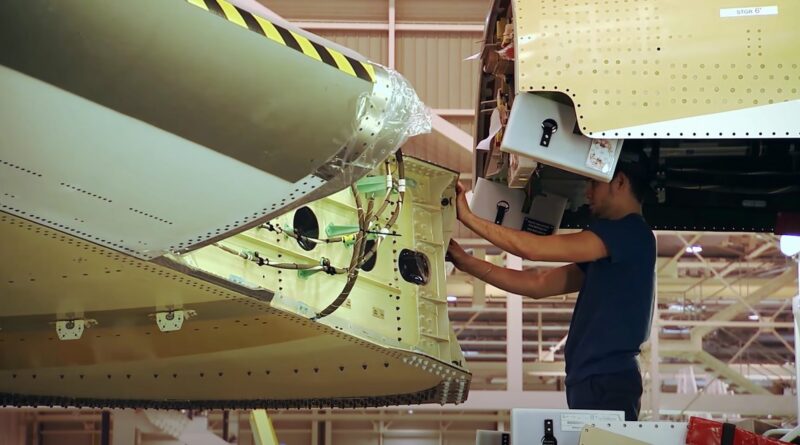
The engineering behind high-speed aircraft involves a delicate balance of several factors. Aerodynamic design is critical; a well-designed aircraft reduces drag, allowing for higher speeds. The shape, size, and even the surface texture of the plane play a role in how air flows over it.
The materials used in aircraft construction have evolved significantly. Modern planes use lightweight yet strong materials like carbon-fiber composites, which reduce weight and increase fuel efficiency, allowing for faster speeds.
The engines are the heart of any aircraft’s speed capabilities. Jet engines have undergone massive improvements over the years, becoming more powerful and fuel-efficient. This advancement allows planes to reach higher speeds without a proportional increase in fuel consumption.
The Role of Avionics
Avionics, the electronic systems used on aircraft, are essential for maintaining and managing high speeds safely. They include a range of systems from navigation to communication and play a crucial role in the aircraft’s overall performance.
Autopilot systems, a key component of avionics, maintain a set speed, altitude, and course. This not only reduces the pilot’s workload but also ensures a smooth and efficient flight path, maintaining optimal speeds throughout the journey.
Navigation systems have become increasingly sophisticated, using advanced GPS and radar technologies. These systems help pilots plan and follow the most efficient routes at the best speeds, taking into account factors like wind speed and direction.
Safety at High Speeds
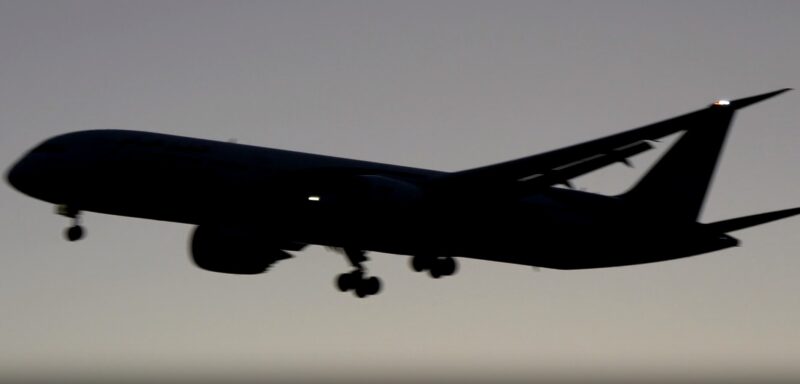
Safety is a non-negotiable aspect of high-speed flight. Aircraft manufacturers design planes to withstand not just the stresses of high-speed travel but also various environmental factors like turbulence and extreme weather conditions.
Modern aircraft are equipped with advanced warning systems that alert pilots to potential hazards. These include systems for turbulence detection, collision avoidance, and engine monitoring, all crucial for maintaining safety at high speeds.
The training of pilots and crew is also integral to safety in high-speed aviation. This training includes handling high-speed emergencies, understanding the nuances of high-speed aerodynamics, and using avionics effectively.
The Impact of Speed on Air Travel
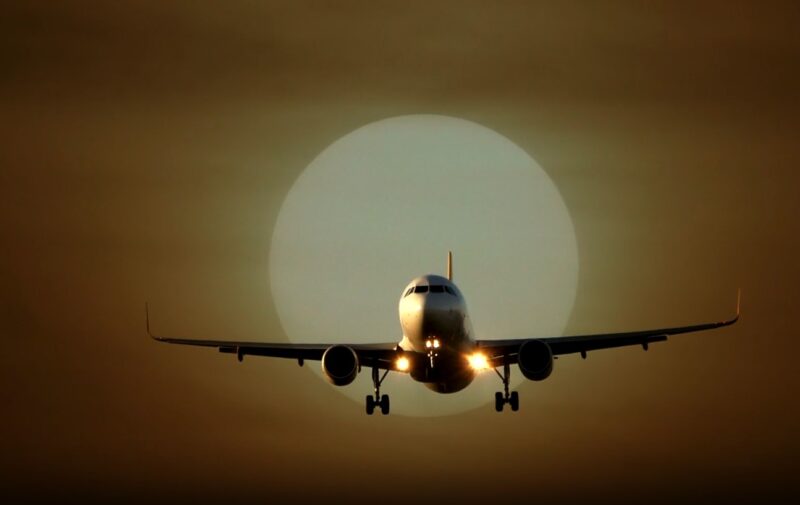
It Reduces Travel Time
One of the most apparent impacts of high-speed flight is the dramatic reduction in travel time. What used to be voyages of several days by sea or land can now be completed in hours, shrinking the world and making remote destinations more accessible.
This reduction in travel time has had profound implications for business and tourism. It has enabled faster business transactions and made international travel more feasible for millions of people. However, there’s a balance to be struck between speed and comfort.
Airlines sometimes opt for slightly lower speeds to ensure a more comfortable ride, especially on long-haul flights where passenger comfort is a priority.
Environmental Considerations
The environmental impact of high-speed flight is a growing concern. Faster speeds typically require more fuel, leading to higher emissions. This is a significant challenge in the context of global efforts to combat climate change.
Aircraft manufacturers and airlines are constantly researching ways to make faster flights more fuel-efficient and environmentally friendly. This includes exploring alternative fuels and more efficient engine designs.
The aviation industry is also exploring new technologies like electric or hybrid aircraft, which could offer high speeds with a lower environmental footprint. However, these technologies are still in the developmental stages.
Economic Implications
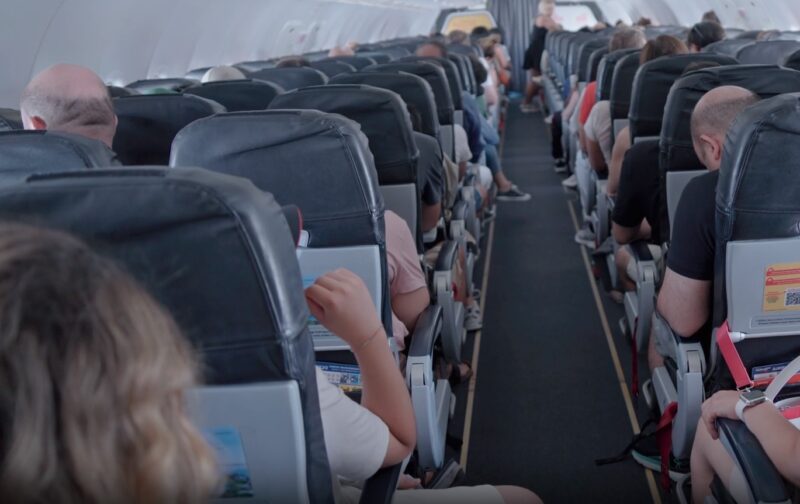
The speed of aircraft has significant economic implications for the aviation industry. Faster flights mean that airlines can operate more flights per day, potentially increasing revenue. However, the operation of faster aircraft often comes with higher costs, including more intensive maintenance and higher fuel consumption.
Airlines must balance these costs against the potential revenue benefits. For passengers, the speed of travel can translate into higher ticket prices, especially for flights on faster, more sophisticated aircraft. This is a consideration for airlines when setting their fares and choosing their fleets.
FAQs
Can commercial planes fly faster than their typical cruising speed?
Yes, commercial planes can technically fly faster than their standard cruising speed. However, they usually don’t due to reasons like fuel efficiency, engine wear, and air traffic control regulations. Flying faster consumes more fuel and can increase operational costs, so airlines prefer to fly at an optimal speed that balances time, efficiency, and safety.
Why do planes fly slower at higher altitudes?
At higher altitudes, the air is thinner, which reduces air resistance and allows for more efficient fuel consumption. However, because the air is less dense, the plane’s engines and wings become less efficient at creating thrust and lift, respectively.
As a result, there’s an optimal altitude where the plane can achieve the best balance between speed and efficiency.
How does the size of a plane affect its cruising speed?
Larger planes, such as wide-body airliners, often cruise at slightly lower speeds compared to smaller, narrow-body aircraft. This is due to factors like increased air resistance and the design of the engines and wings, which are optimized for carrying heavy loads over long distances rather than achieving high speeds.
Are there any commercial flights faster than the Boeing 747 or the retired Concorde?
Currently, there are no commercial flights that regularly operate at speeds faster than the Boeing 747’s cruising speed. The Concorde, which could exceed the speed of sound, remains the fastest commercial passenger jet ever used, but it was retired in 2003.
There are projects under development for new supersonic jets, but none are in regular commercial service as of now.
How do pilots decide on the best cruising speed for a flight?
Pilots decide on the cruising speed based on various factors, including the type of aircraft, flight distance, weather conditions, and air traffic control instructions. They also consider the optimal speed for fuel efficiency and adherence to airline policies.
The chosen speed is usually a balance between arriving at the destination in a timely manner and operating the aircraft efficiently and safely.
What advancements are being made to increase the speed of future passenger planes?
Research and development are ongoing in areas like advanced aerodynamics, more efficient and powerful engines, and alternative fuels like biofuels or hydrogen. There is also significant interest in electric and hybrid propulsion systems, which could potentially offer higher speeds with a lower environmental impact.
Additionally, there are ongoing projects in supersonic and potentially hypersonic travel that aim to significantly increase the cruising speeds of future passenger aircraft.
Summary
In conclusion, the speed of passenger planes is a key aspect of modern air travel. We’ve seen that most commercial aircraft cruise at speeds between 480 to 560 mph, balancing factors like fuel efficiency and safety.
While there are planes like the retired Concorde that have reached much higher speeds, today’s air travel focuses on efficiency and environmental considerations. As technology advances, we may see even faster and more efficient planes in the future.
